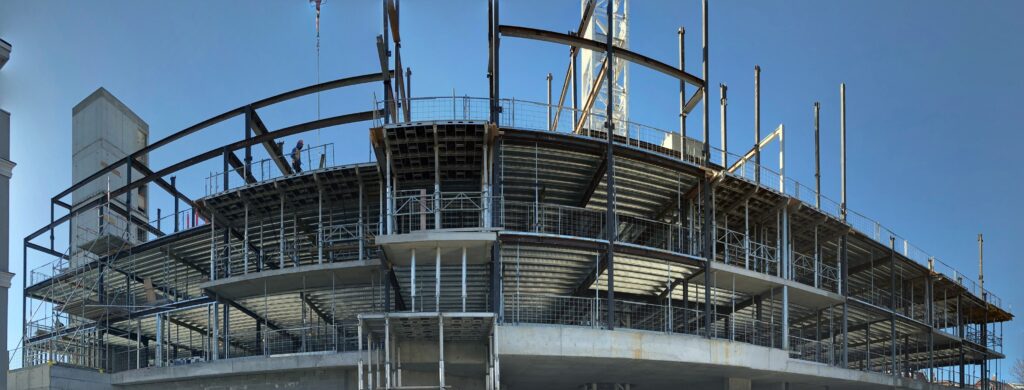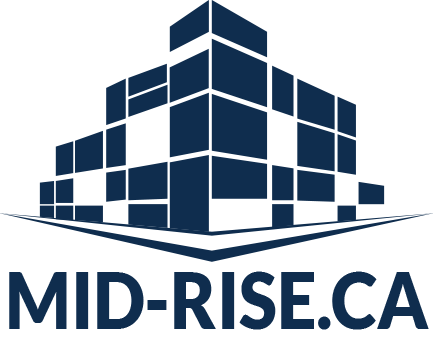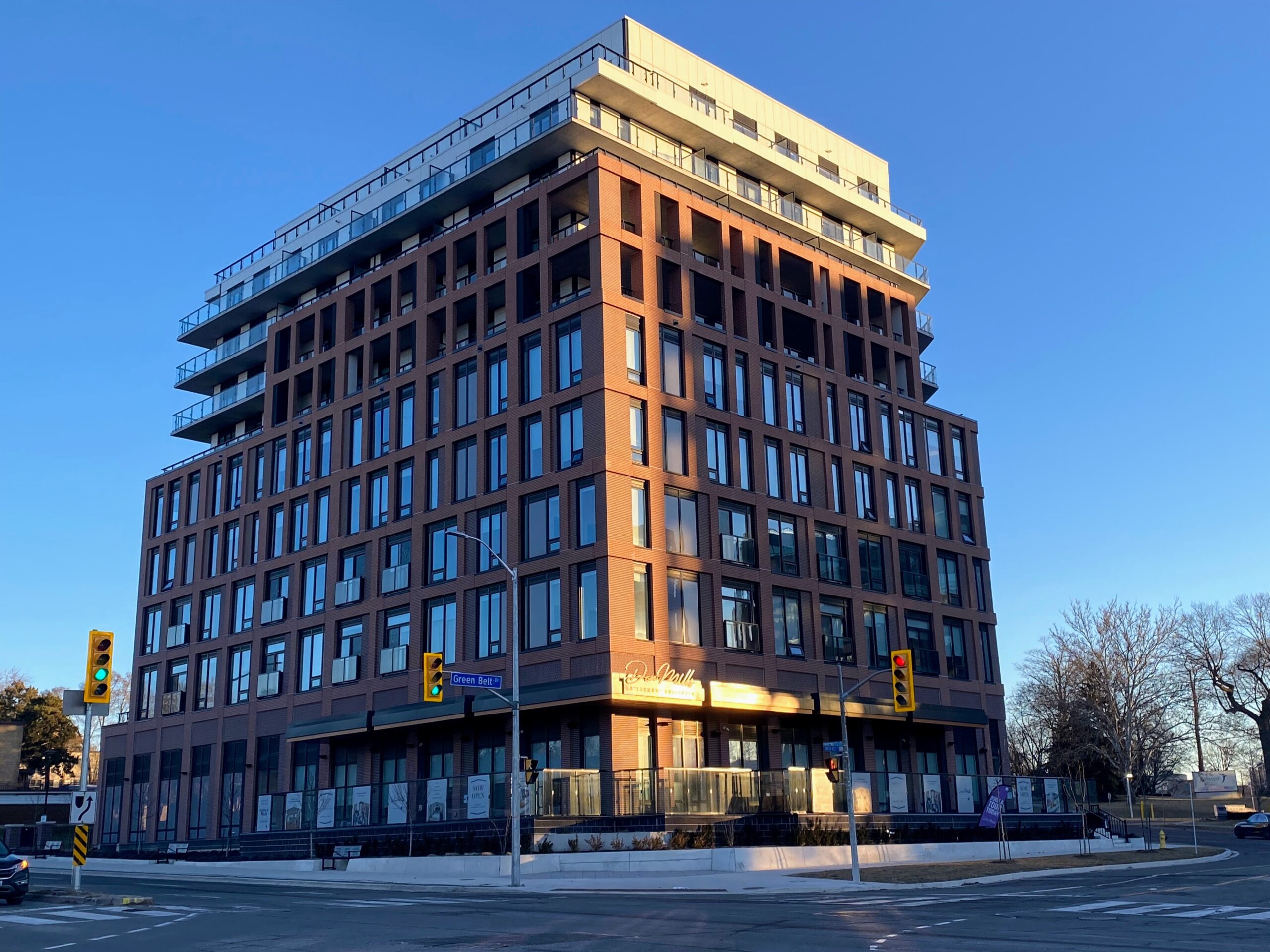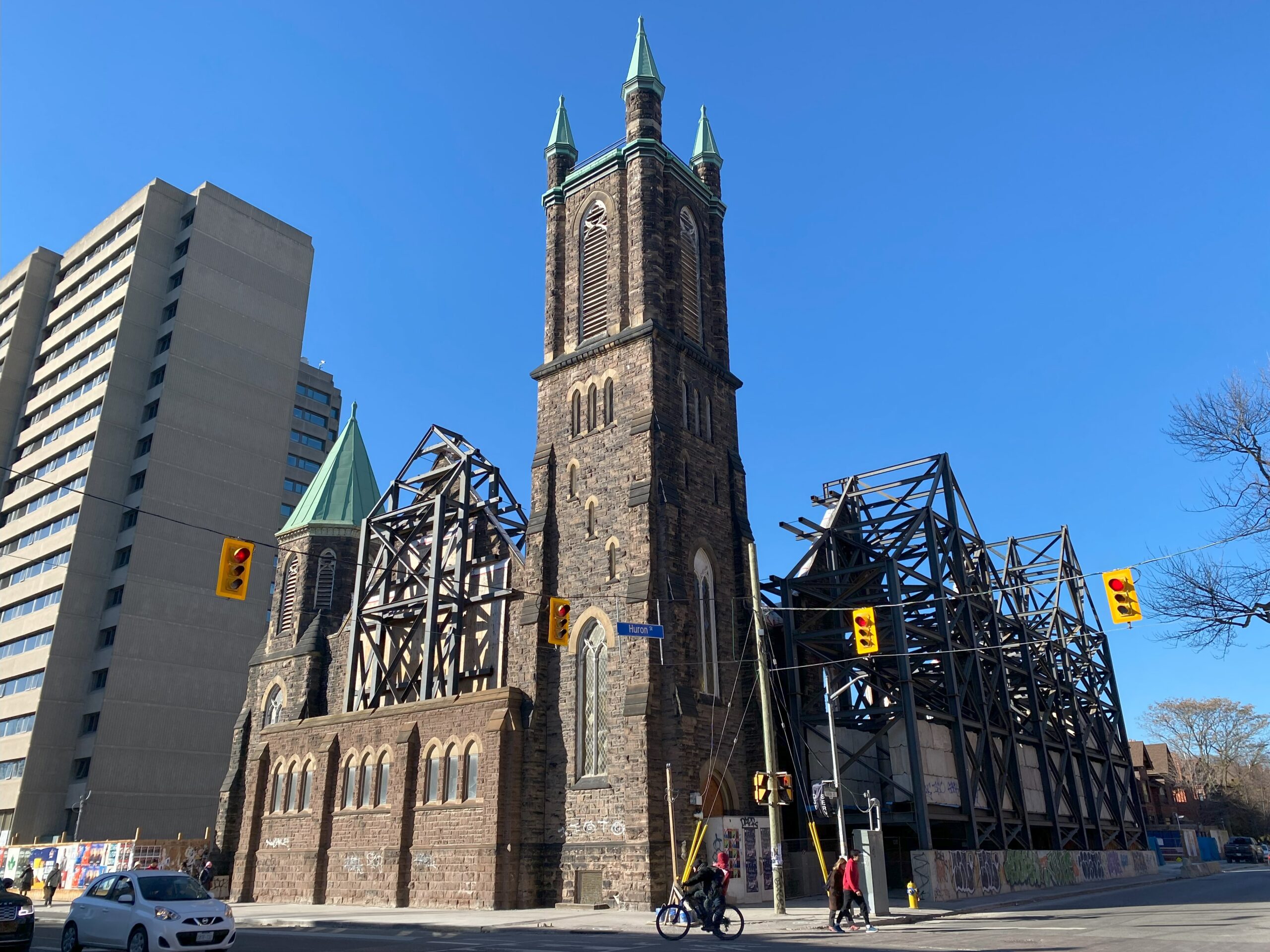For More Information Please Listen to Our Podcast:
In this post, we’ll try to answer the question, “What Structural system is most suitable for my Mid-Rise Project?”. We will update this post and the linked posts to reflect new information added to the blog, so please re-visit this post for your new projects. Although we’ll reference some particular solutions throughout these posts, unless otherwise indicated, we have no affiliation with the providers, suppliers, and manufacturers. These posts are not meant to be scientific and accurate; before making any significant decisions in your project, ensure to consult with your team of qualified professionals.
A Very Important Decision
Anyone who has ever been part of the initial steps of the design development phase of a Mid-Rise project is intimately familiar with the complexity and sensitivity of choosing the right structural system for the project. The choice of the structural system in a Mid-Rise project can affect the budget and schedule of an entire project by 25-45% and create a very different experience for the end user of the product, i.e. the people who’ll live or work in the building. While we believe there is no perfect solution that fits all the projects the same, the Developers and their core team must make the most informed decisions early in the project cycle. Our goal is to try and provide valuable insight into this decision-making process.

Unique Characteristics of Mid-Rise Development Project
Mid-Rise projects have specific characteristics that make them unique compared to traditional low-rise and high-rise buildings. Multiple setbacks, integration of commercial spaces on the ground floor, irregular lands, and lack of economy of scale (compared to high-rise) are only some elements that impact a Mid-Rise building’s structure. Over the past decades, multiple systems have been created to better serve this section of the construction industry. We believe that the search for the perfect structural design for Mid-Rise buildings will continue to attract more innovation, investment, and technology to the construction industry.
Selecting the proper Structure; What to consider?
One of the primary roles of a Mid-Rise developer is making some complex but significant decisions. Like any other decision-making process having the proper decision-making framework can improve the chances of making the right decision. Below are some essential items to consider when selecting a structural system for your next project.
cost
Cost is one of the main drivers of the decision to use any structural system in the project. Contrary to popular belief, creating an accurate estimate for the cost of using each structural system is extremely hard and complicated. The structure you select for your Mid-Rise project affects the overall project cost directly and indirectly. The direct costs are somewhat easier to estimate, but the indirect cost of a structural system is where things get complicated and often too expensive.
Economies of Scale
Cast-in-place concrete (CIP) is a prime example of a structural system susceptible to economies of scale and better suited to buildings with repetitive layouts and floor plans. A smaller Mid-Rise project might benefit from other Hybrid structural solutions. There have been significant innovations and investments in Hybrid structural systems, and they are a genuine contender for smaller Mid-Rise projects.
InterdependencY
Waste translates to time and eventually to cost in every construction project, and the worst type of waste is the time wasted waiting for someone else to finish their work so you can complete yours. When selecting a structural system for the building, you want to choose the method that reduces this type of waste as much as possible. The beauty of the traditional building systems, i.e. wood, masonry, and concrete, is that most of the work can be done by one specialized trade on the project. Although the hybrid systems (in many cases) rank well in the direct cost comparison, careful planning and design are required to ensure that their interdependencies don’t create unnecessary in-direct costs for the project.
Prefabrication & Speed
Most Mid-Rise buildings’ standard hybrid structural systems can be partially or entirely prefabricated. This feature of the hybrid system makes them even more cost-effective than their traditional competitors (wood and concrete), which are less favourable to prefabrication. Prefabrication means that the work progress on the construction site is less likely to be affected by the natural elements and can move faster. On the other hand, working with prefabricated components such as structural steel requires a significant amount of diligent coordination in the design phase of a project. Once the material is on the site, changes and corrections will be very expensive.
Design Requirements
When it comes to the ability to meet the design requirements such as acoustics, fire ratings, thermal bridging, and interior finishes, cast-in-place is by far the most well-rounded solution. That being said, CIP is not always a viable option for smaller Mid-Rise projects. Therefore, when selecting a hybrid structural system, it is essential to pay close attention to the limitations of each method. In some instances, these limitations can create a high indirect cost to the project, which would have made the CIP a viable option.
You Can find Relevant Blog Posts reviewing different structural solutions below:
COMSLAB OR MEGASPAN; A CAPABLE SOLUTION FOR A HYBRID STRUCTURE





